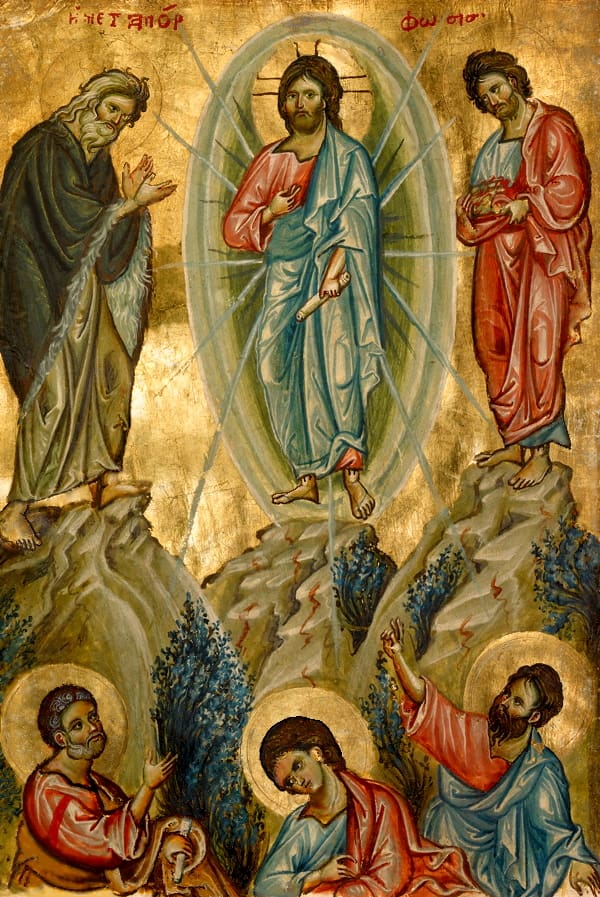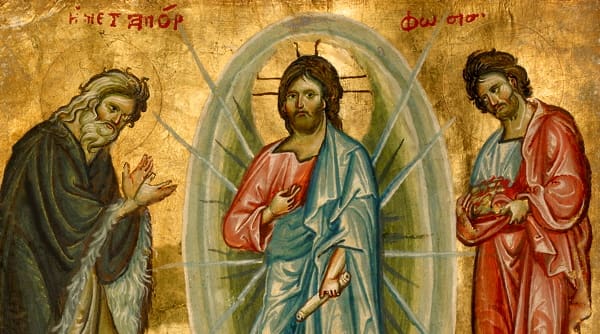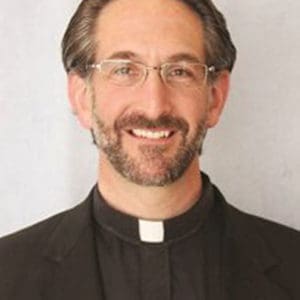Enter into Prayer – Feast of the Transfiguration of the Lord

If I were to ask you to define prayer, how would you define it? Many people would answer that prayer is talking to God, plain and simple. I think it’s safe to say that while many Christians say prayers, it’s also true that many Christians do not truly enter into prayer. There’s a big difference between saying prayers and entering into prayer. Saying prayers is good; entering into the experience of prayer is life-changing.
In this extraordinary gospel [of the Transfiguration], notice that Jesus takes Peter, James, and John away, up a high mountain to be with him. He takes them away, out of the noisiness and distractions of their world. And it is only when they are in a place set apart for this encounter that they experience his glory. Jesus brings them to a place where they can enter into this experience, to be enveloped by it. And no doubt, they are changed by this experience, as we hear in the exclamation of St. Peter, “Lord, it is good that we are here.”
We see in this gospel a paradigm of prayer.
- First, Jesus takes the initiative (“Jesus took Peter, James, and John”). Anytime we are moved to pray, it is always the Lord who prompts us. It is always his grace acting in our hearts that draws us to pray.
- Second, Jesus leads them up a high mountain. If you’ve ever hiked, the greatest moment is when you reach the summit of the mountain to experience the beauty all around you. That is what prayer is supposed to be: allowing God to take us more and more into his presence to experience his beauty and his love.
- Third, they hear God speak (a voice came from the cloud). Prayer is not simply about us talking to God; it’s about allowing ourselves to hear the voice of the Lord speak to us.
- Fourth, Jesus touches them and tells them to rise. When we enter into prayer, Jesus touches us and the experience of prayer is meant to bring about a resurrection in our lives, meaning that it is meant to lead us to live a new life.
Notice, this paradigm of prayer has nothing to do with the apostles sitting down and simply talking to God or asking God for things. In fact, this experience they have on the mountain is all about what happens to them. Listen to what spiritual author Ruth Burrows [a Carmelite nun] writes,
“Prayer has far more to do with what God wants to do in us than with our trying to ‘reach’ or ‘realize,’ still less ‘entertain,’ God in prayer…. What we think of as our search for God is, in reality, a response to the divine Lover drawing us to himself. There is never a moment when divine Love is not at work… This work is nothing other than a giving of the divine Self in love. The logical consequence for us must surely be that our part is to let ourselves be loved, let ourselves be given to, let ourselves be worked upon by this great God and made capable of total union with Him.” [from Essence of Prayer]
You see, prayer is not primarily about talking to God; it is, rather, all about what God wants to do in us. And what he wants to do in us is nothing less than transform our lives. This is why we need to enter into the experience of prayer rather than just say prayers for, as Ruth Burrows says, prayer is about letting ourselves be loved, letting ourselves be worked upon by the Lord. Peter, James, and John experience this transformation on the mountain. You and I can experience this transformation if we enter into prayer. [And, this] is the opportune time to go deeper in prayer.
I want to encourage each of you, enter into prayer and let the Lord love you; let the Lord touch and transform your heart. Don’t let your prayer simply be about words and speaking and trying to reach God; let your prayer be about Jesus enfolding you in his presence, bringing you into a deeper awareness of his infinite love for you.
+
Art for this post “Enter into Prayer – Feast of the Transfiguration of the Lord”: Partially restored detail of The Transfiguration, artist unknown, miniature in a Byzantine Gospel book, early 13th to late 13th century, PD-US author’s life plus 100 years or less, Wikimedia Commons.





